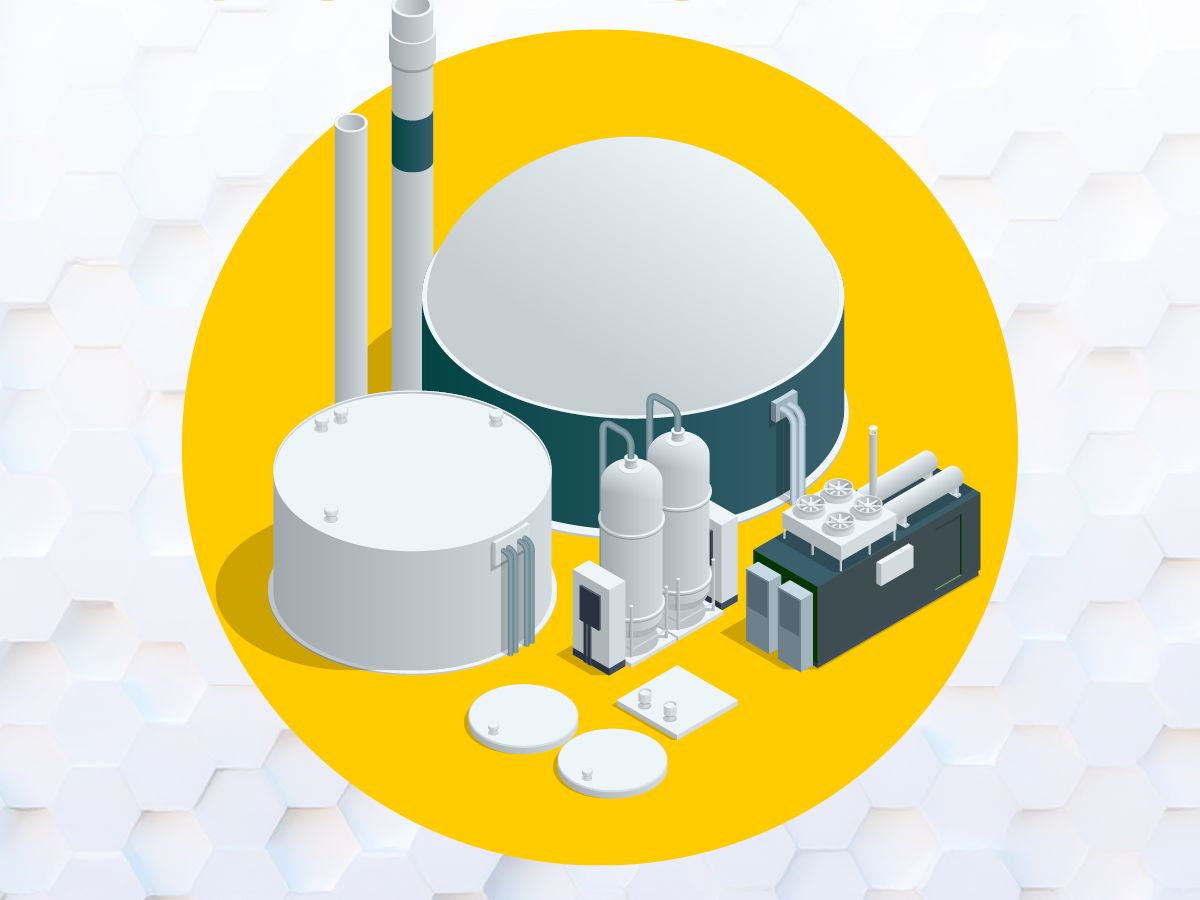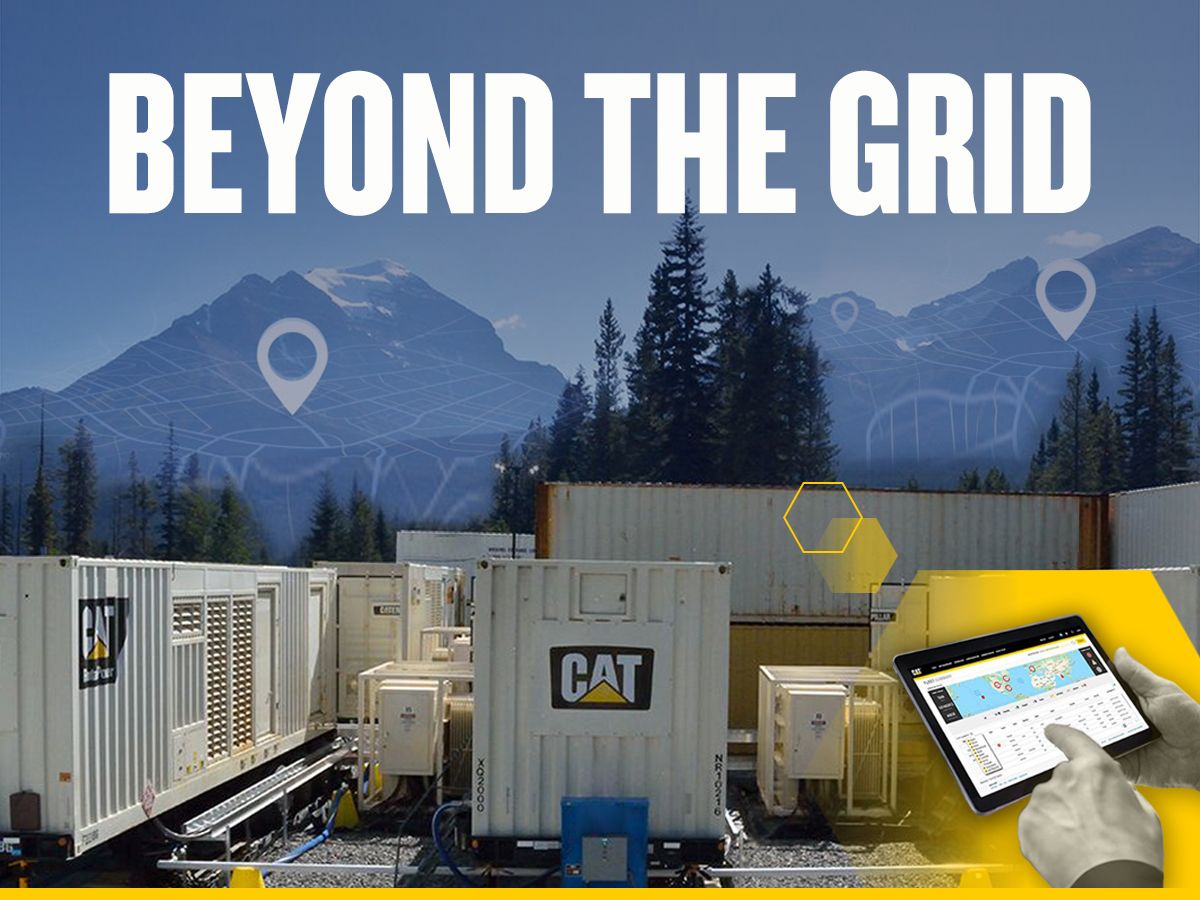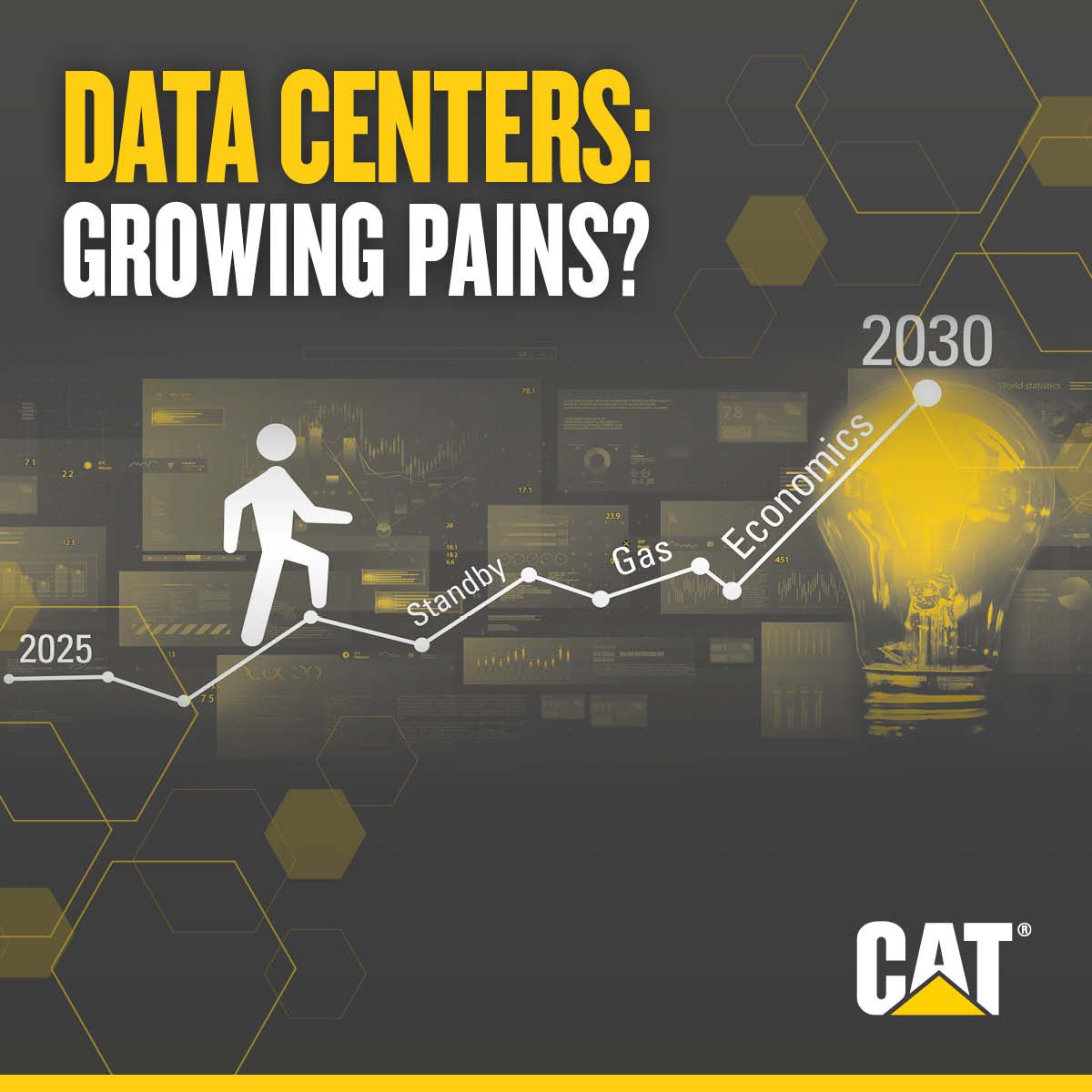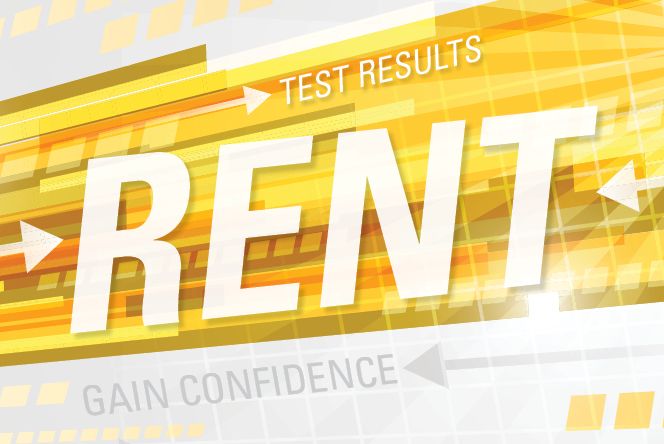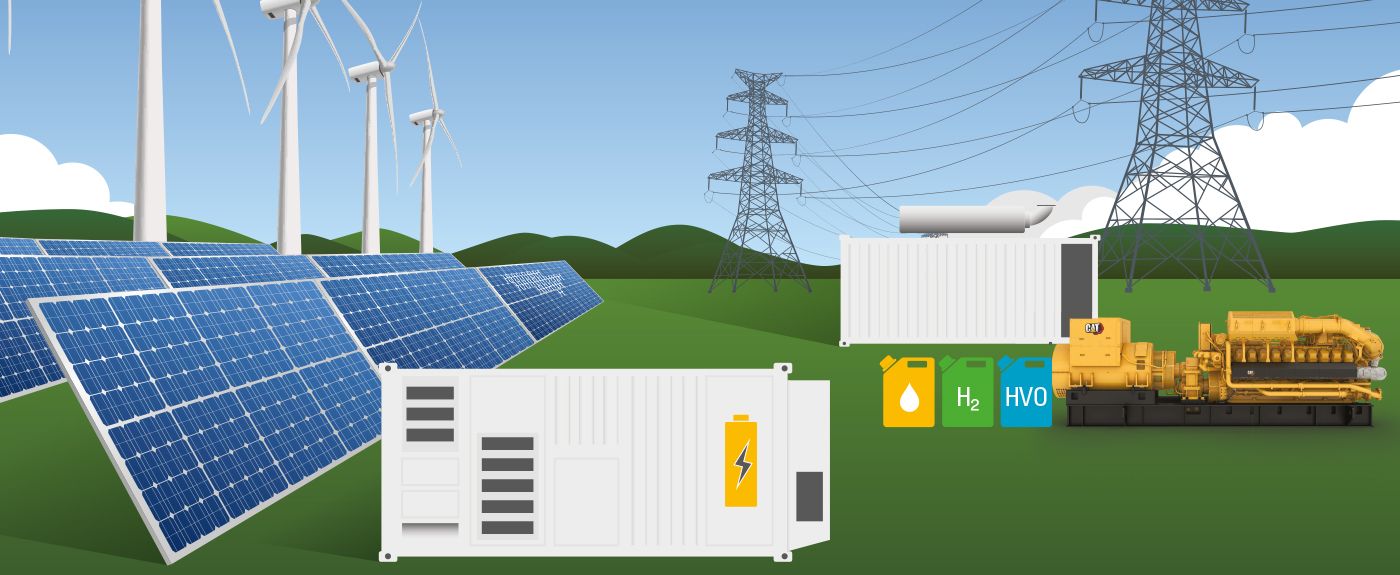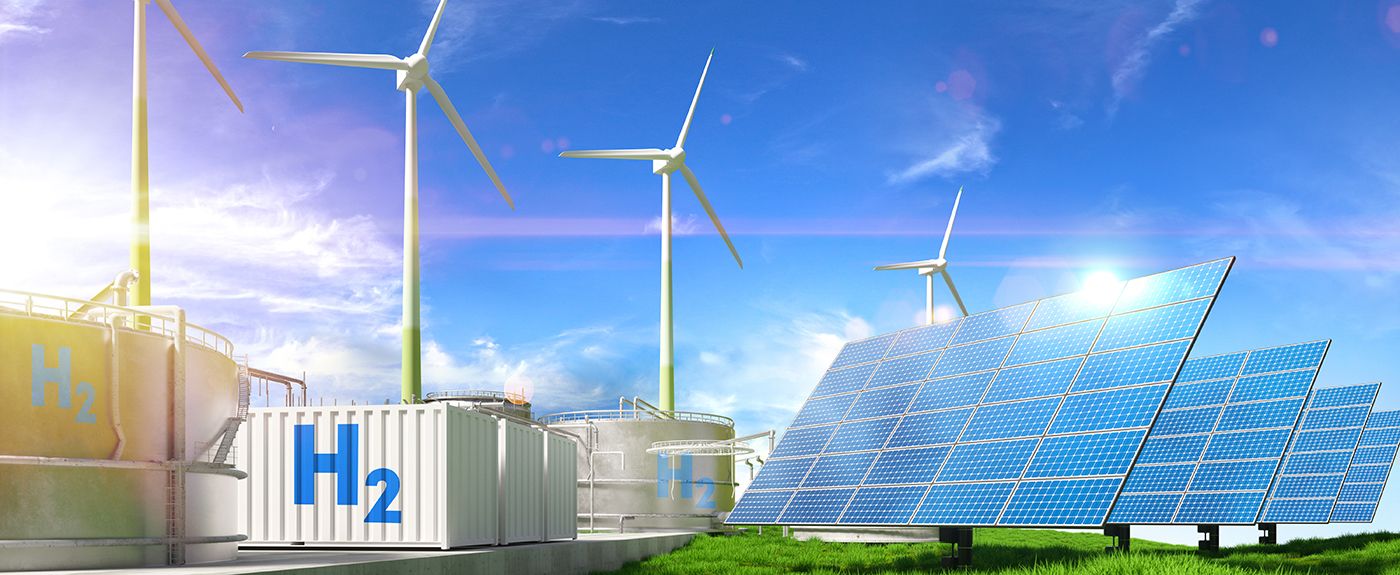If you already have an existing account with another Cat App, you can use the same account to sign in here
One Account. All of Cat.
Your Caterpillar account is the single account you use to log in to select services and applications we offer. Shop for parts and machines online, manage your fleet, go mobile, and more.
Account Information
Site Settings
Security
Why Choosing EPA Certified is the Smart Choice for your Business
By Dan White, Business Development Manager, Cat® Electric Power | Posted: April 2025
Save time, save money and future-proof your operations.
A few months ago, I was talking to a customer in a large investor-owned utility, who was interested in expanding their gas portfolio especially given their struggles with non-emergency use diesels. As the conversation continued, they mentioned that while they wanted to implement more power generation projects, they didn’t want to ‘go through’ the timely (and costly) efforts of frequent exhaust emissions testing to ensure they comply with Environmental Protection Agency (EPA) emissions regulations.
This was a light bulb moment for me: as my customer didn’t know that various OEMs offer gas generator sets U.S. EPA certified for both emergency and non-emergency use.*
So, if you also didn’t know, let me explain why opting for EPA certified products could be one of the best decisions you’ll make for your business or for your project.
Avoid The Extra Costs of Retesting
Manufacturers can sell — and you can buy — non-certified gas gensets. But utilizing them often requires you to take additional steps that can cause costly down-time, raise costs and increase complexity.
Non-certified gensets must be source-tested, ‘at site’ before use, then generally retested every 8,700 hours or three years of operation, whichever comes first. Each compliance test can be costly to the tune of $15,000 or greater, requiring contracting a testing company, renting equipment like aerial lifts and load banks, and may take several hours, up to a day, or longer to complete. If this generator set is critical for the operation, this may also mean additional costs to rent temporary generator sets while certification is completed.
By choosing a gas genset that’s EPA certified from the factory this can streamline your initial installation and commissioning phase and in many cases, retesting is not required, as long as you follow the manufacturer’s service requirements, ultimately reducing what you spend on ongoing costs.
Simplify Your Project Development
EPA-certified products streamline your project development by minimizing permitting delays. Unlike non-certified generator sets that require costly air permitting consultants and detailed emissions data, EPA-certified options come with preset values from the factory. This turns a complex process into a simple "check box" selection, saving you time, money, and effort.
Interested in EPA certified products? Remember to Future-Proof Your Operations
Gas gensets with EPA certification also help you unlock opportunities — now and in the future — but only if you choose products certified for both emergency and non-emergency use.
Dual certification removes limits on applications and usage types, this extra flexibility allows you to use your assets how and when you want:
- Avoid peak utility charges: Lower your energy costs by using your gensets during high-demand periods.
- Participate in demand response programs: earn revenue from the utility by partaking in energy market programs which pay you to use your power assets when called upon.
- Stay ahead of change: Jump on new programs from utilities or independent system operators as they become available.
But What If I Prefer Diesel?
Diesel gensets have long been the trusted choice for many applications, and they remain essential in certain scenarios — especially in areas where natural gas isn’t readily available. However, there are some additional requirements to meet EPA standards that don’t apply to gas gensets.
Gas gensets typically don’t need aftertreatment to receive emergency and non-emergency EPA certification. Thanks to advances in technology, gas gensets now closely match diesel gensets in performance, with many recent advances in sub 10 second start times and enhanced transient electrical loading. That, plus lower fuel costs, makes gas an increasingly attractive choice for many operations
Make the Smart Move Today
Nearly all Cat gas gensets — ranging from 125 kW to 3000 kW — are available with both emergency and non-emergency certification. Looking to simplify compliance, save money and position your operation for future success? Talk to one of our experts today to find out more about the full line of Cat solutions — available for small to large-scale needs — and how they can power your operation efficiently and effectively.
*Emergency use: Allows unlimited operation during power outages, plus up to 50 hrs “other non-emergency” annually storm avoidance, local utility demand response and up to 100 hours of testing and maintenance including “other nonemergency” hours.

Dan White
Contributor
Dan White is a Business Development Manager at Caterpillar Inc. with a Mechanical Engineering degree from Clarkson University and nearly two decades of experience. He has significantly contributed to the distributed energy field which has earned him a trusted reputation in the energy sector.
Latest Articles
-
Waste You’ll Want to Hold Onto: Biogas and Its Benefits
As more people turn to biogas, demand isn’t just growing - it’s thriving. Capital investment jumped 40% between 2023 and 2024, according to the American Biogas Council, and close to 2,500 U.S. facilities are now capturing and using biogas. Nearly half are at wastewater treatment plants and close to a quarter at landfills.
Learn More -
Beyond The Grid: Securing Power For Remote Projects
From mining to oil and gas to infrastructure development, every remote project relies on one essential factor: power. It gets the site up and running — and keeps it that way. Without it, equipment sits idle and progress halts.
Learn More -
Data Centers: Growing Pains?
The data-driven society we live in, from streaming devices and smart appliances to AI processing, continues to move demand for data centers in just one direction: up.
Learn More -
Funding The Electricity Gap
In March 2024, Mark Christie, commissioner of the Federal Energy Regulatory Commission (FERC), issued a dire warning about grid reliability. Here’s what he had to say about the rapid retirement of coal-fired power plants — and the much slower pace of bringing alternatives online:
Learn More -
Five Times It Pays to “Try Before You Buy” with Rental Power
Does the phrase “rental power” conjure up visions of electrical outages, severe weather events or unexpected breakdowns? A lot of organizations view rental primarily as an emergency solution, and for good reason. Immediate availability allows you to fill gaps and keep critical operations running with minimal or no interruption.
Learn More -
How Municipal Utilities Can Address Surging Power Demand
For many municipal utility managers I talk to, it’s getting tougher to continue providing the highest levels of reliability, service, and value. Customer preferences are changing. Some want 100% renewable power overnight; others simply care about cost. Other challenges are mounting, too: New technologies. Increased regulation. Workforce shortages. Budget constraints. And perhaps biggest of all, rising demand.
Learn More -
Act Now to Leverage CHP Tax Credits Up to 50%
The Inflation Reduction Act (IRA), signed into law in August 2022, provides nearly $400 billion in tax credits and incentives over a decade to promote climate change mitigation and stimulate clean energy development in the U.S. It’s the largest single investment in climate and energy in American history — and it includes the highest incentives ever provided by the federal government for combined heat and power (CHP) projects.
Learn More -
5 Steps to Sign-Off on a New Energy Solution
You’re a large energy consumer, maybe in healthcare, education, distribution or transportation. You’re facing pressure — internal, external or both — to increase your energy resiliency, lower your carbon emissions, reduce your energy costs, add capacity for expansion, or some combination of all four. You know you need to act (and soon), but you’re struggling with how to get started implementing a solution.
Learn More -
Is Your Organization a Good Fit for EaaS? And Is Your EaaS Partner a Good Fit for You?
Our EaaS team at Caterpillar has implemented solutions for all types of operations: from K-12 schools and grocery stores to industrial facilities. The concept — you purchase energy outcomes and turn ownership and upkeep of energy assets over to a third party — works for many organizations. How do you know if yours is one of them?
Learn More -
Demystifying the EaaS Model: Don’t Buy Power Products. Buy Energy Outcomes.
Software as a Service, or SaaS. Today, most applications — everything from Microsoft Office to Google Drive to Salesforce — are hosted by a third-party provider and made available via the web or a mobile app. You don’t need to install or configure anything on your computer, and the SaaS provider handles all maintenance, upgrades, and licensing. It’s more convenient for users and more affordable for businesses.
Learn More -
Hydrogen’s True Colors: A Key to Defining Carbon Intensity
Often referred to as a “clean-burning” fuel, hydrogen is the most abundant chemical substance in the universe because its combustion generates near-zero greenhouse gas emissions at the tailpipe. . It’s also colorless, odorless and burns with a near-invisible flame. So why does nearly every Google search or news story about hydrogen turn up terms like “green,” “blue” and even “pink”?
Learn More -
Distributed Energy Benefits and Grid Systems Integration
Our electric power system faces many challenges, and as the energy landscape evolves to address increased electrification, we will have even greater demand than ever before. Caterpillar is positioned to serve as a trusted partner with the technologies and expertise to provide alternatives to established energy sources and fuels that are reliable and cost effective.
Learn More -
Trends in the Energy Transition
When it comes to the ongoing efforts to decarbonize and reduce greenhouse gas (GHG) emissions, renewables are making up more and more of our sources of power generation, and we think this will continue—for many positive reasons. We have a lot of customers who are setting targets for Environmental, Social, and Governance (ESG) goals, aiming for improved carbon reduction.
Learn More



